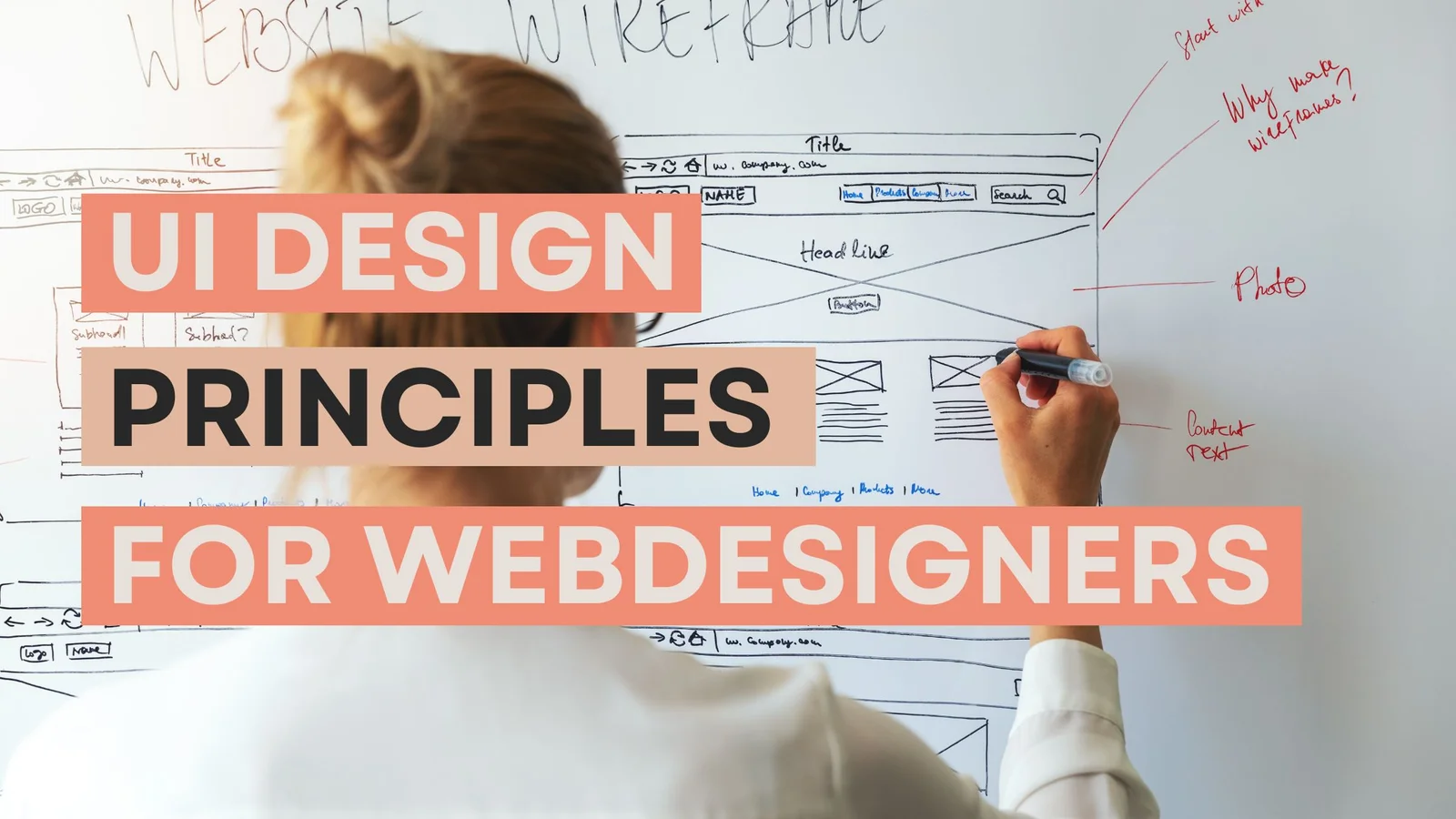User Interface or UI design principles are essential guidelines that designers follow to create a user-friendly and effective interface. These principles help designers to create an interface that is easy to use, aesthetically pleasing, and provides an enjoyable user experience. In this blog post, we will discuss the fundamental principles of UI design and how they can be applied to create an intuitive and effective user interface.
8 best UI Design Principles to Apply in your designs
- Simplicity – The first principle of UI design is simplicity. A simple and straightforward interface is easier to use and less intimidating for users. A clean and minimalistic design makes it easier for users to navigate and find the information they need. A simple design also ensures that users don’t get overwhelmed with too much information, which can lead to confusion and frustration.
- Consistency – Consistency is another essential principle of UI design. A consistent design helps users to understand how the interface works and what they can expect. Consistency in design elements, such as fonts, colors, and buttons, helps users to navigate the interface with ease. When elements are consistent, users don’t have to spend time trying to figure out how to interact with the interface.
- Feedback – Feedback is critical in UI design. Users need to know what is happening when they interact with the interface. Feedback can be provided in many forms, such as visual cues, sound effects, or text notifications. Feedback should be provided in real-time so that users can see the immediate effect of their actions. Without feedback, users can get confused or frustrated, and this can lead to a negative user experience.
- Flexibility – Flexibility is another important principle of UI design. The interface should be flexible enough to adapt to different users’ needs and preferences. Users should be able to customize the interface to fit their needs, such as changing the font size or color scheme. A flexible interface ensures that users can interact with the interface in a way that works best for them.
- Clarity – Clarity is essential in UI design. The interface should be clear and easy to understand. Users should be able to find the information they need quickly and easily. Clarity can be achieved through the use of clear and concise language, intuitive navigation, and visual hierarchy. When the interface is clear, users are less likely to get confused or frustrated, and this leads to a positive user experience.
- Accessibility – Accessibility is an often-overlooked principle of UI design. An accessible interface is one that can be used by people with disabilities or impairments. Accessibility can be achieved through the use of alternative text for images, keyboard shortcuts, and other accessibility features. When the interface is accessible, it can be used by a wider range of users, and this leads to a more inclusive user experience.
- Visual Hierarchy – Visual hierarchy is the principle of arranging visual elements in a way that communicates their relative importance. The most important elements should be the most prominent, and the least important elements should be the least prominent. Visual hierarchy helps users to understand the information hierarchy of the interface and helps them to navigate the interface more easily.
- Efficiency – Efficiency is the principle of designing an interface that allows users to accomplish their tasks quickly and easily. Users should be able to accomplish their tasks with minimal effort and without having to navigate through a lot of unnecessary steps. Efficiency can be achieved through the use of shortcuts, automation, and other time-saving features.
In conclusion, UI design principles are crucial for creating a user-friendly and intuitive graphical interface for digital products. By following these principles, designers can enhance the user experience, make the product easy to use, aesthetically appealing, and highly functional. The principles of consistency, clarity, simplicity, feedback, flexibility, accessibility, hierarchy, affordance, and skeuomorphism all contribute to creating a great user interface design. By keeping these principles in mind, designers can create products that are not only functional but also enjoyable to use, and that is ultimately the goal of user interface design.
If you are looking to have a website designed that keeps all these principles in mind, do not hesitate to get in touch with me and check out my portfolio to see my past designs



